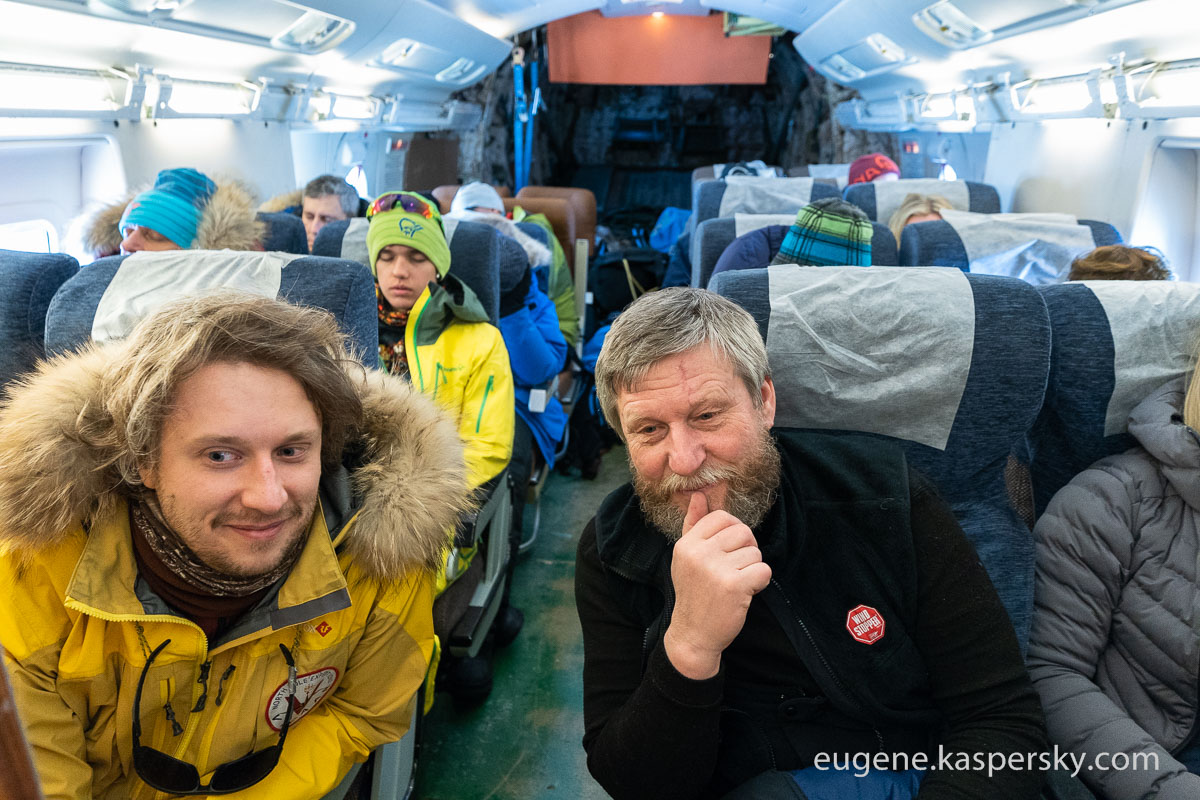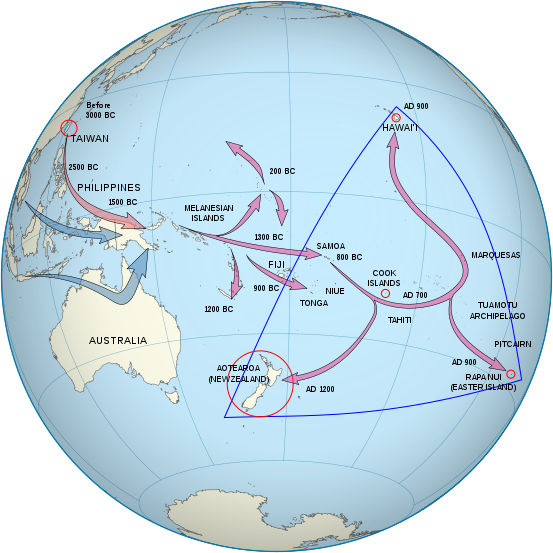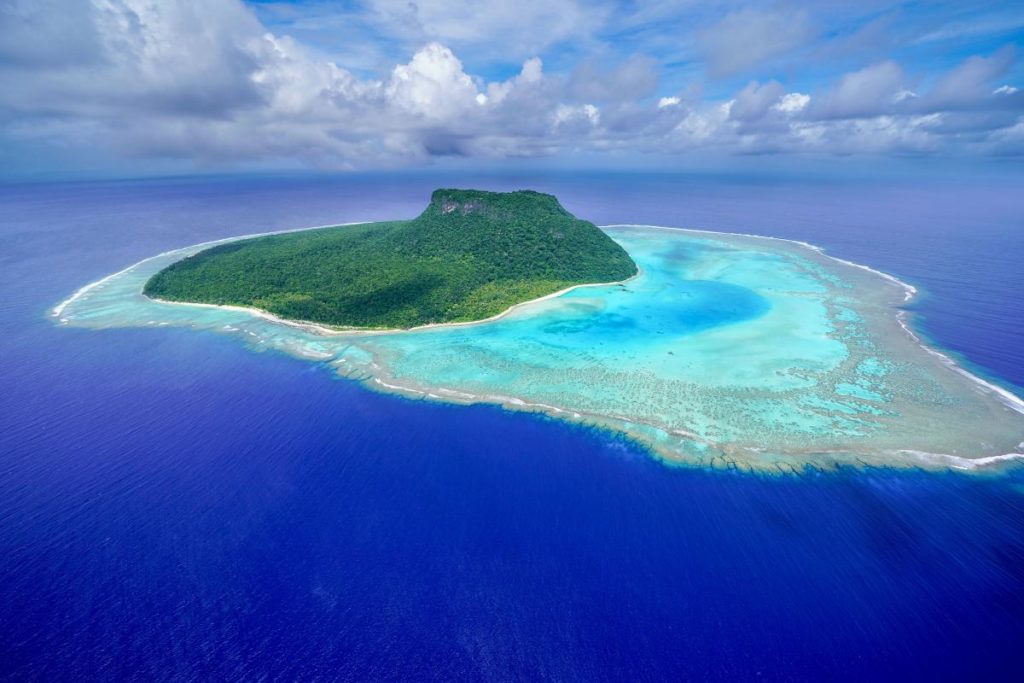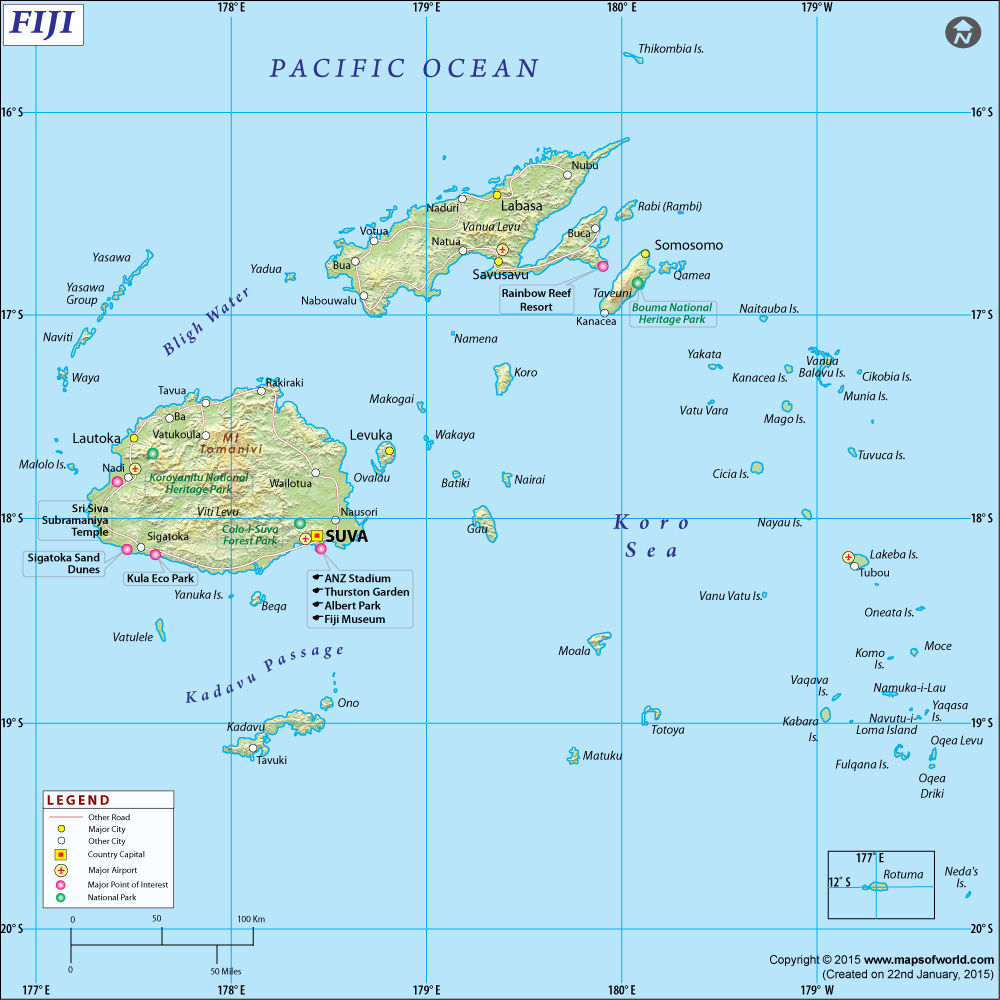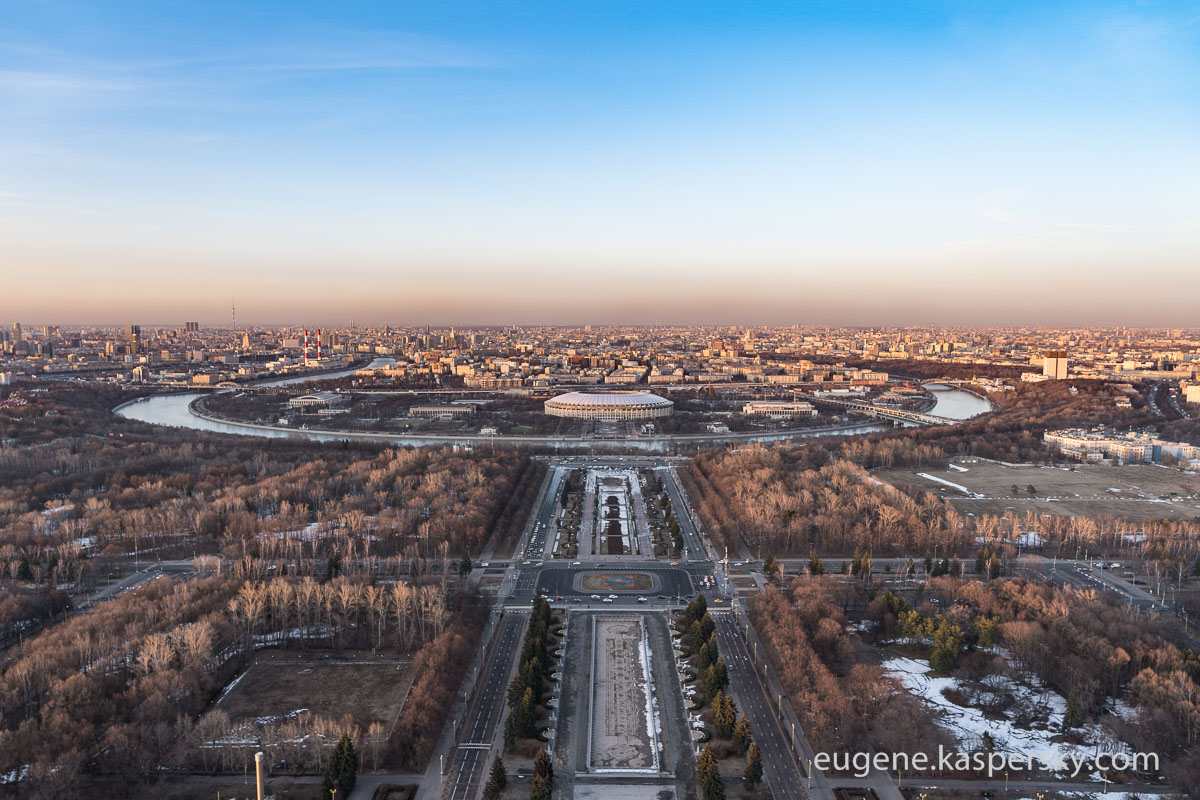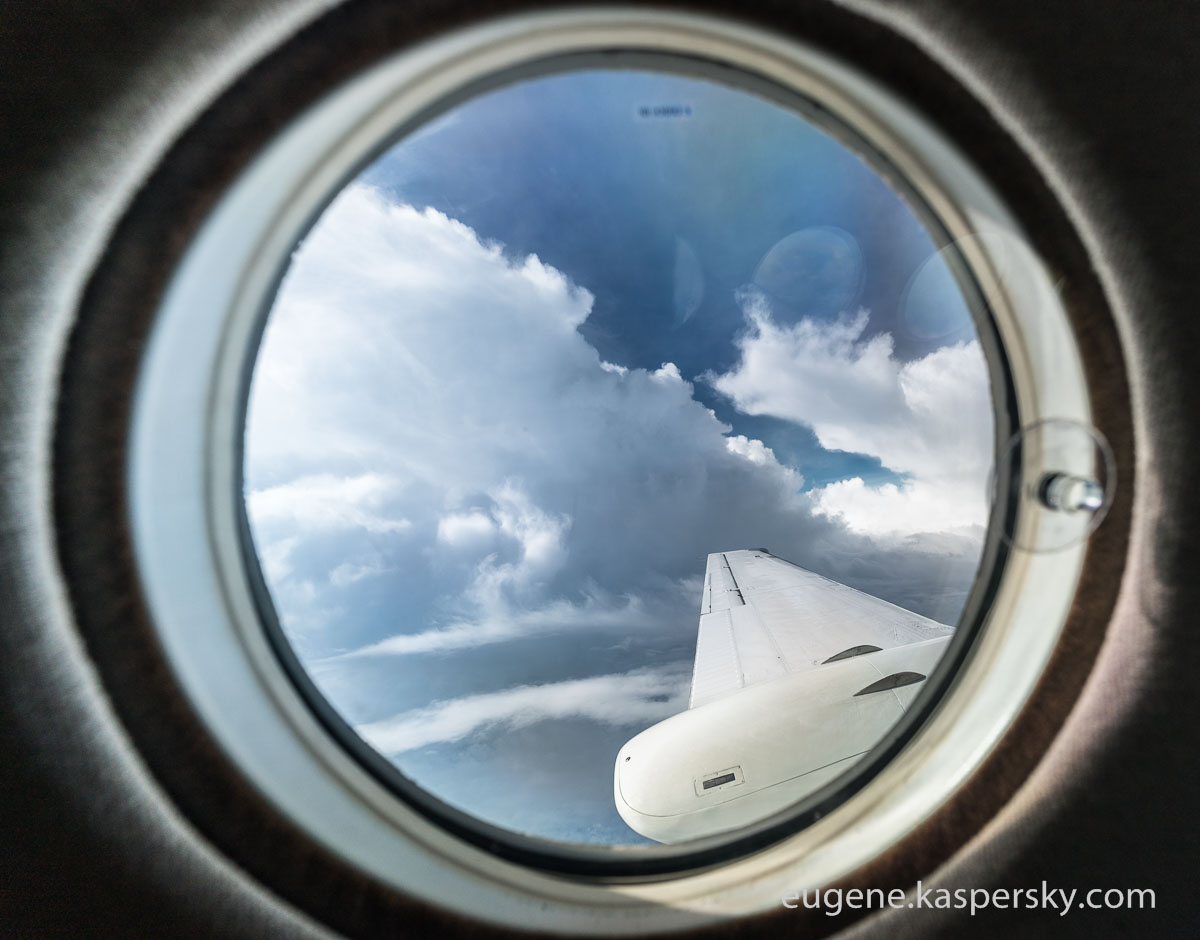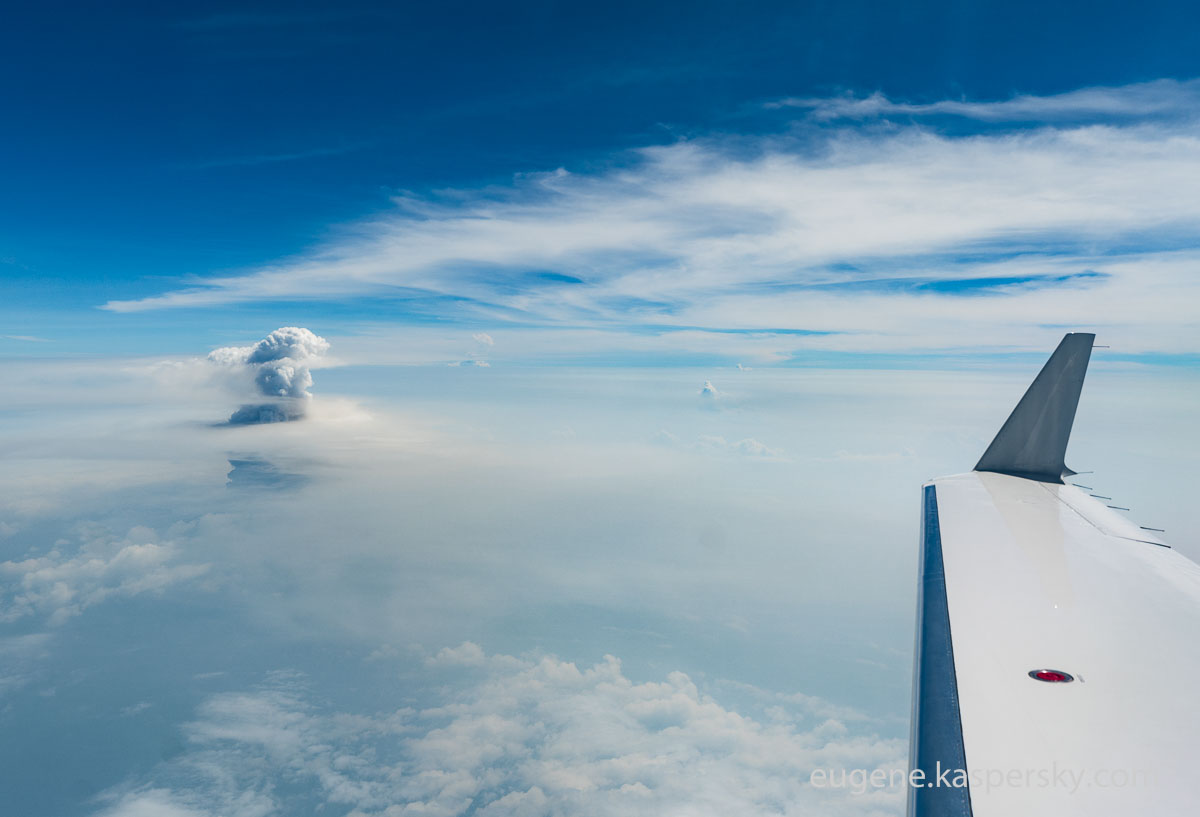May 25, 2018
To the Pole – to meet 11 heroic souls!
Why do folks go to the North or South Pole?
One reason is… actually – no specific reason at all; just to go because… why not? To stand at the top or bottom of the world is just kinda cool.
Another reason: just the extremeness of it all. Some folks prefer a total lack of extremity: comfort, sun, beach, nice home/hotel, all the mod cons. Others are bored by comfort, but they like extreme contrasts between extremity and comfort ).
Another: some folks just follow their instinctual urge to ski and then walk to a pole over several days – only it won’t be ‘several days’, as a polar day can last five months!
Another: surely, some kinda crazy polar magnetism that attracts certain folks!
In the past, there was another reason: to get to a Pole first.
Regarding the South Pole, around 1910-11, two expeditions – Amundsen‘s and Scott‘s – made it to the South Pole, the former pipping the latter to the post pole! The Norwegians made it back too. The Brits, tragically, did not; a sad, yet heroic, tale. Macabrely, to this day, the Terra Nova Expeditioners still lie there, in their tents, long since gobbled up by the Antarctic ice (specifically – and even more gruesomely – under more than 20 meters of snow, and shifted by the glacier ~50 kilometers over 100+ years).
But regarding the North Pole, hmmm… I couldn’t recall who made it there first, so I had to look it up. Well, there are many claims to reaching it first, but the first undisputed one is that of a Soviet expedition in April 1948, i.e., 36 years after the South Pole! Btw, other expeditions soon after followed the Soviets’ lead, while the South Pole waited a full 44 years until it was to be visited by another expedition.
So, it turns out getting to the North Pole is harder than getting to the South Pole. Interesting. The Antarctic climate is much fiercer than the Arctic one, but crossing the firmly compacted snow underfoot in Antarctica is a lot simpler than crossing the loose, fluffy snow of the Arctic. Then there are the fissures in the Arctic ice you have to somehow navigate. There’s also the shorter window in the Arctic for getting to it – before the ice starts melting. In Antarctica there’s no danger of ice melting and merging with the ocean below it – there’s a whole terra-firma continent underfootice ).
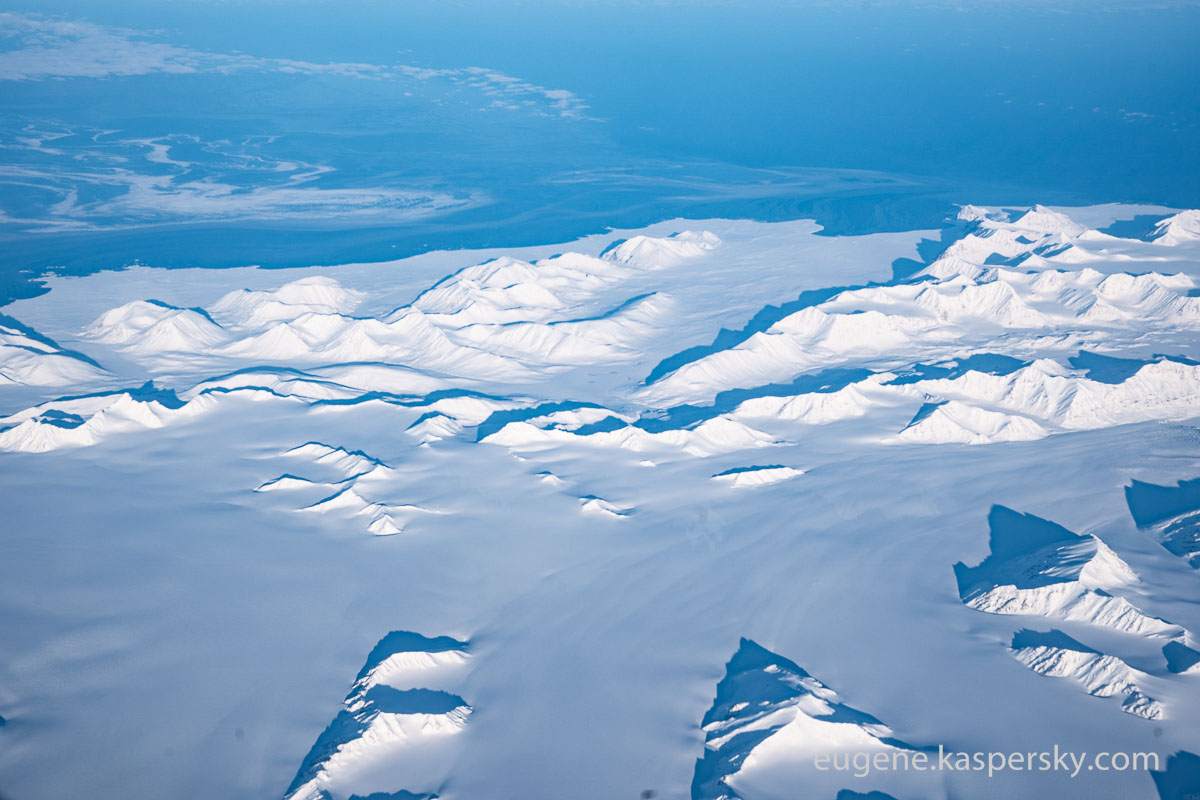
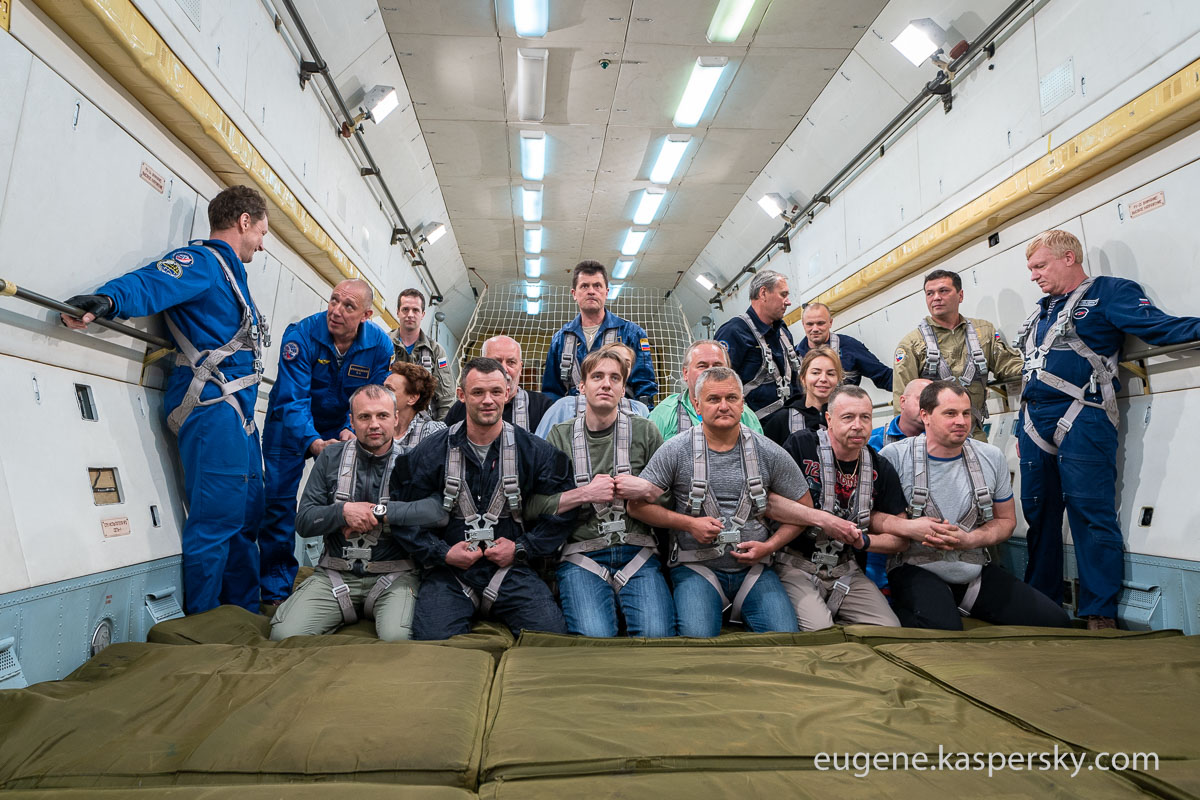




![YOU CAN NEVER GET TOO MANY AWARDS. SEE 1ST COMMENT FOR ENGLISH ⏩
"А из нашего окна страна Австрия видна!" - практически (с). Но в этих австриях я был не смотреть из окна, а по многочисленным деловым делам, первое из которых - лично получить несколько важных наград и множество сертификатов от независимой тестовой лаборатории AV-Comparatives.
Это далеко не первая наша награда. Скажу больше - на протяжении последних десяти лет по результатам независимых тестов к нам даже близко ни один конкурент не подобрался. Но почему тогда такое внимание конкретно к этой победе? Ответ простой: густопопсовый геополитизм. В наше весьма геополитически [очень мягко говоря] непростое время... Ну, если отбросить все казённые слова, то будет, как в известном анекдоте про поручика Ржевского. В той самой истории, когда ему указали повторить свою фразу без матерщины. На что тот ответил: "Ну, в таком случае я просто молчал".
Так вот, в наше "поручико-ржевско-молчаливое время" участвовать и получить первые места в европейских тестах - это за пределами научной и ненаучной фантастики. Что в целом совпадает с одной из основных парадигм моей жизни: "Мы делаем невозможное. Возможное сделают и без нас" (с). Большими трудами и непомерными усилиями - да! Это можно! Мы заделали такие продукты, такие технологии, такую компанию - что даже в непростое время нас и в Европах знают, уважают, любят и пользуются. Ура!](https://scontent-iad3-2.cdninstagram.com/v/t51.29350-15/430076034_1096357205018744_692310533755868388_n.heic?stp=dst-jpg&_nc_cat=103&ccb=1-7&_nc_sid=18de74&_nc_ohc=XLII-tX29aoAX80SM4u&_nc_ht=scontent-iad3-2.cdninstagram.com&edm=ANo9K5cEAAAA&oh=00_AfBINCtkZ3-r_aTvdSC36JELI05V6PuBnMWs672PK3GsBQ&oe=65E63D48)









